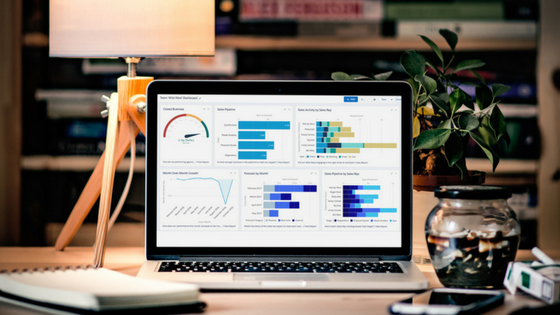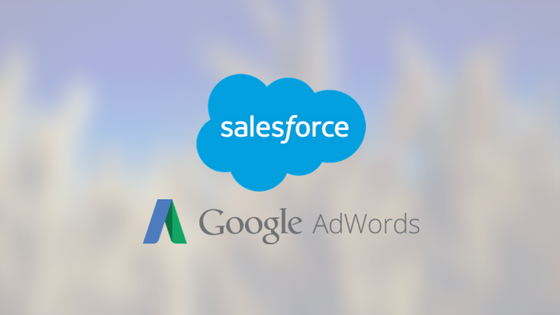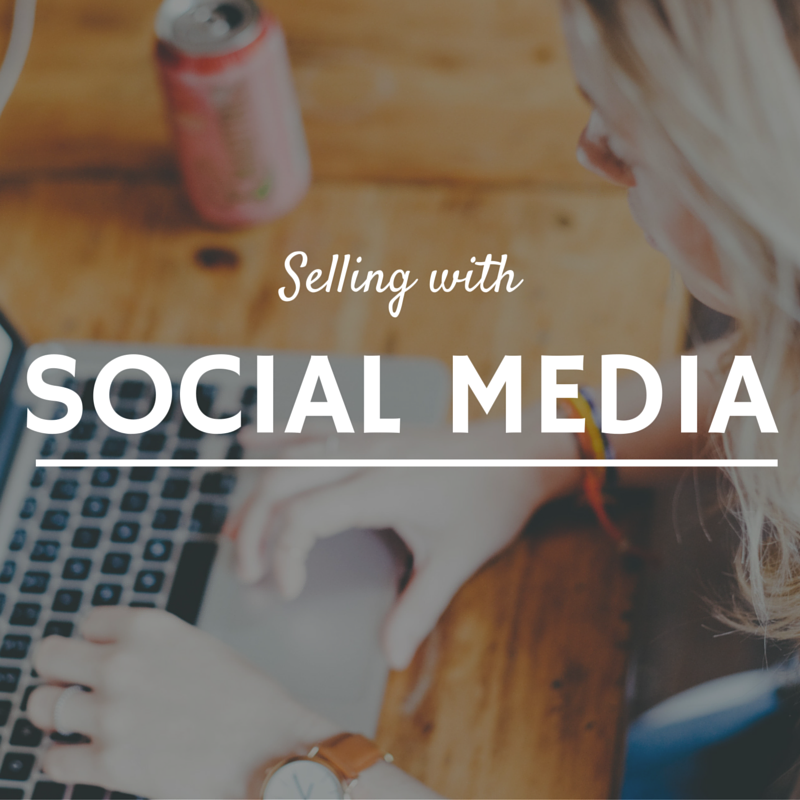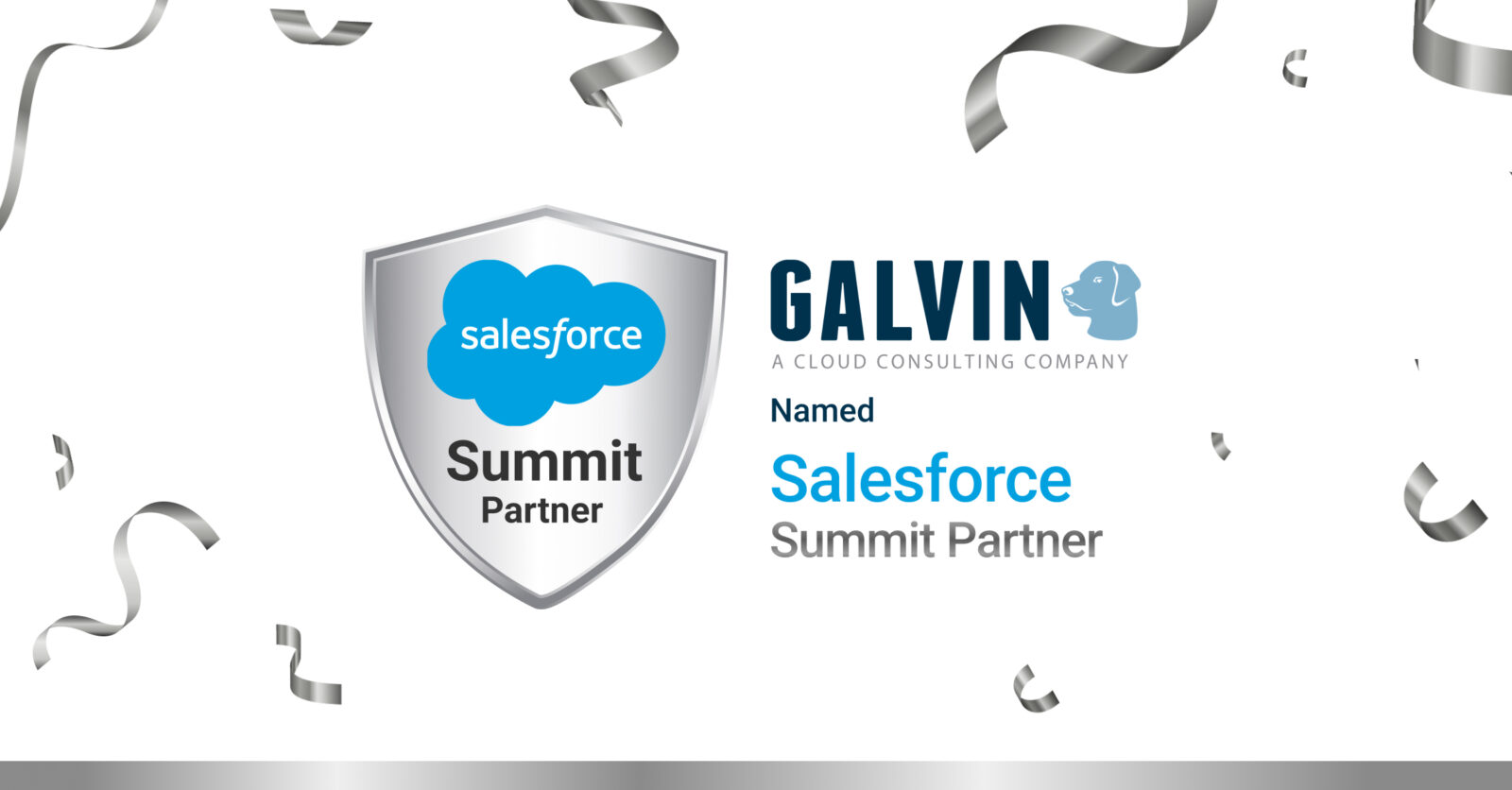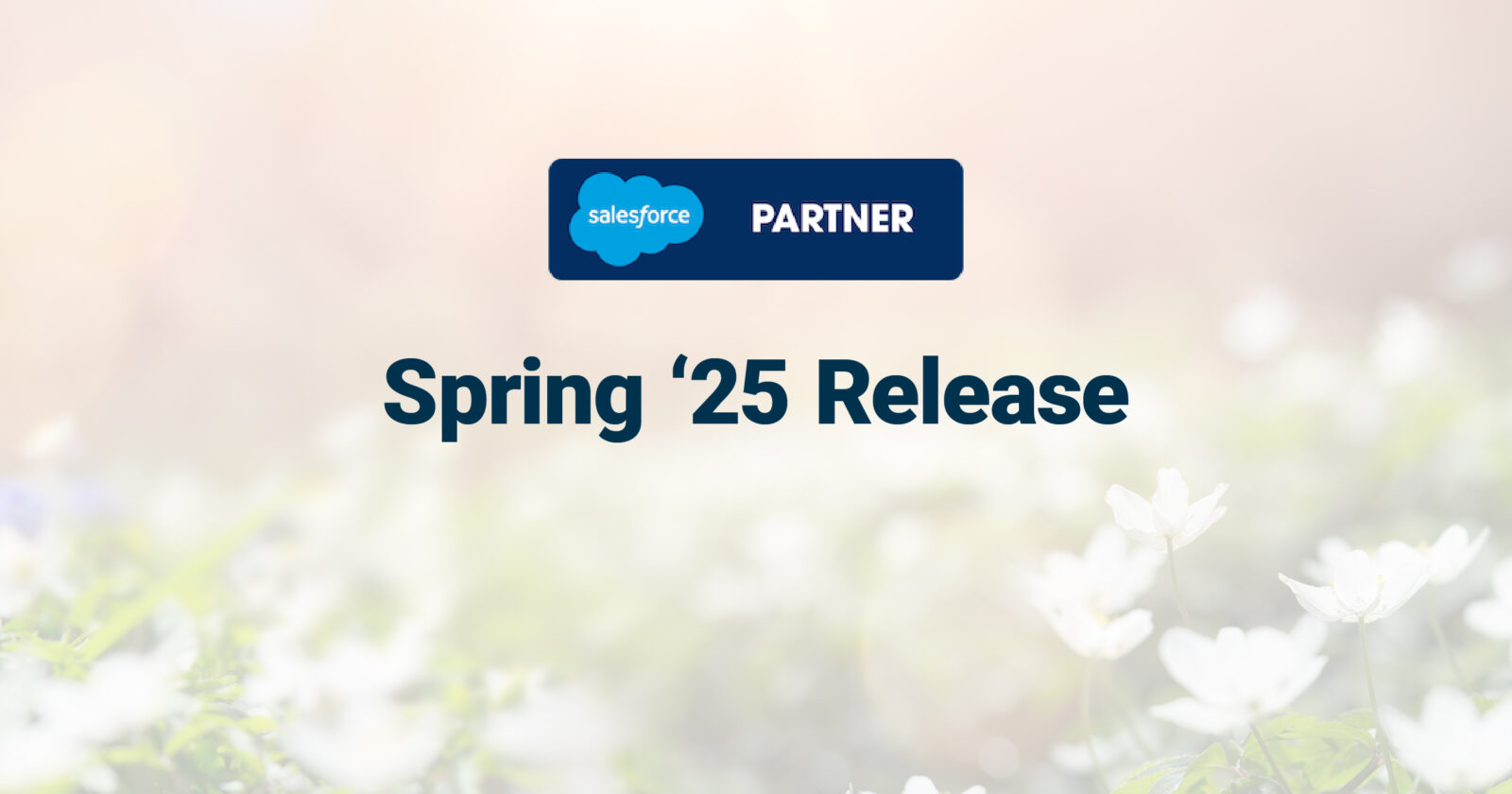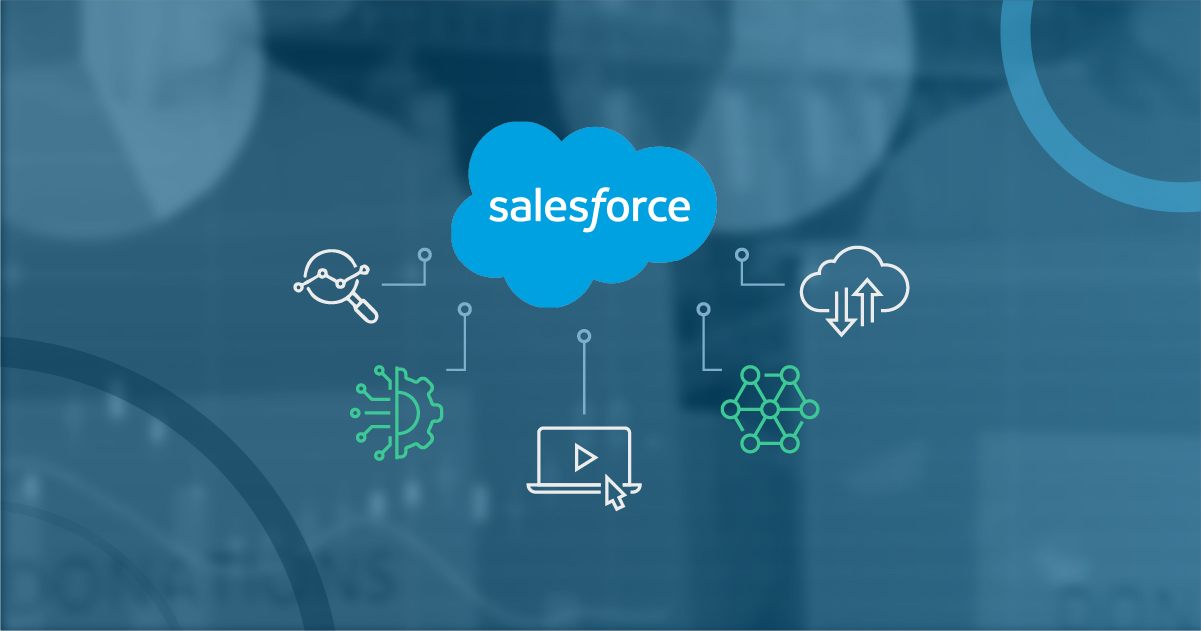How Effective Sales People Turn Inbound Leads into Clients
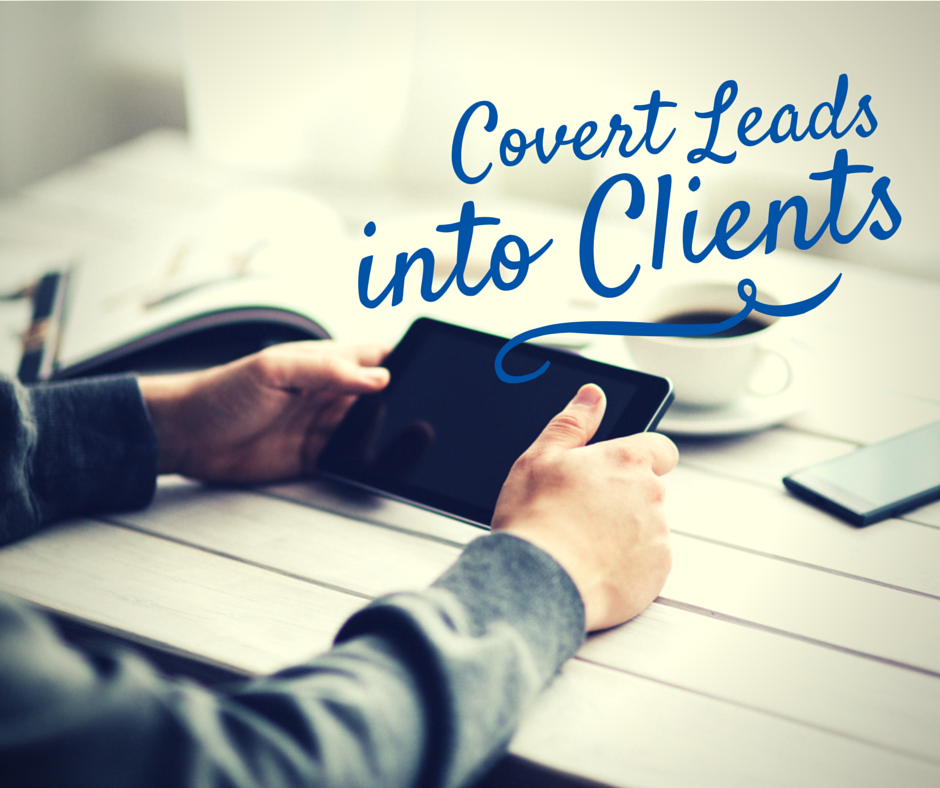 Inbound leads are usually easier deals to close, but there’s still the possibility of failure. By adhering to the following formula, you can increase your sales team’s current conversion rates so that more of your inbound leads become paying customers for your company.
Inbound leads are usually easier deals to close, but there’s still the possibility of failure. By adhering to the following formula, you can increase your sales team’s current conversion rates so that more of your inbound leads become paying customers for your company.
How Inbound Marketing Works
Inbound marketing entails drawing people to your company with some content they desire and getting them to get in contact with you instead of the other way around (for example, cold calling would be an example of outbound marketing). For instance, the computer sciences department at a Mark Keting University could start a website filled with free games for the public to enjoy. The only games allowed to be played on the site would have been made by students of the MKU’s computer sciences program. As people who are interested in gaming browse the various games, they grow more curious about how they might learn to create fun, great-looking, addictive games like these. They fill out an information request form to find out more about enrolling at the university. Every person who fills out the information request form is an inbound lead. It will be up to the staff at the university to make sure that each lead converts to an enrolled student who brings tens of thousands of dollars of revenue to the school for the next few years. Strategies for inbound marketing include having website landing pages with contact forms, creating blogs, hosting webinars, and publishing eBooks.
What to Do with Your Inbound Leads
Respond Quickly
Studies show that the most meaningful conversations with a lead take place within the first hour of them giving you their contact information. That’s why it’s essential that you streamline your responses to inquiries so that they can be dealt with swiftly. There are various response management tools on the market that can help you with this task. Salesforce is one of the best known and highest quality companies to offer customer relationship management. You can visit their website to find out just how effectively they will be able to help you respond quickly to inbound leads.
Have a Conversation
When a salesperson has an inbound lead on the phone, the initial effort should be towards listening to, asking, and properly answering questions. When a salesperson is able to get a full understanding of how prepared the person is to make a purchase, they can respond in a way that doesn’t cause the lead to feel pushed or rushed towards making a purchase on the spot if they’re not ready yet. “Help me understand…” When a lead is in the process of learning more about a product or service in general, they may have very basic questions that they want answered. As much as possible, have your salespeople be ready to fully answer these questions and educate your clients about the products and services that your company has to offer. If someone feels as though they have received authoritative educational information from your team, this encourages them to spend their money with you because they feel confident that they’ll be working with experts. “Why your company and not theirs?” Some leads will be a little bit closer to the point of making a purchase. They know what the product or service they want is, but they’re having trouble deciding who they should team up with to get the product or service they’re looking for. You can earn a lot of points with a potential customer if your sales team knows your competitors well enough to be able to explain the differences between your company and theirs. Bonus points come when this comparison is done in a fair and balanced manner that doesn’t degrade or insult the other company. “My credit card number is…” Every now and again you’ll luck up and get an inbound lead who knows what they want and knows they want it from you. There isn’t much left to do in this situation but collect your revenue and provide good service. However, you could take extra steps to encourage a larger sale by using suggestive upselling and emphasizing quantity discounts. Just be sure not to push too hard. If they refuse the upsell, your team should be trained to drop the issue and continue with completing the customer’s purchase.
Finish Quickly
The only thing better than getting a quick response to your inquiry is getting through the checkout process as quickly as you can. Here are some tips for making this process go as smoothly as possible.
- Extract information from the contact form. Because you’ll be needing information such as the customer’s name, phone number and email address, if any of this information was entered on your inquiry form, you should have a mechanism in place to automatically copy this information onto order forms or contracts.
- Don’t try to upsell at this point. Train your team to not offer to make any changes to the order after checkout is under way. This can be frustrating to the customer and slow down the sale completion process for no good reason—especially if you’ve asked them earlier and they’ve refused.
- Use email correspondence instead of snail mail. Unless the customer specifically requests otherwise, try to keep correspondence electronic. You’ll still have a digital paper trail and you can communicate with the customer much more quickly.
- Use electronic signatures. Depending upon the type of services you offer, you may need someone’s signature before you can proceed with billing. If this is the case, you lose precious time by having to send a physical form to be signed and then wait for it to be returned. Simply use programs such as DocuSign to get the signature electronically in moments instead of days or weeks.
By responding to inbound leads quickly, understanding their needs fully, and finishing the sales process as fast as possible, you can turn leads into customers and first-time customers into repeat customers. If you need help with converting your inbound leads, we’d love to help! Contact us today for more information on how we can help you build, sustain, and grow your business.


